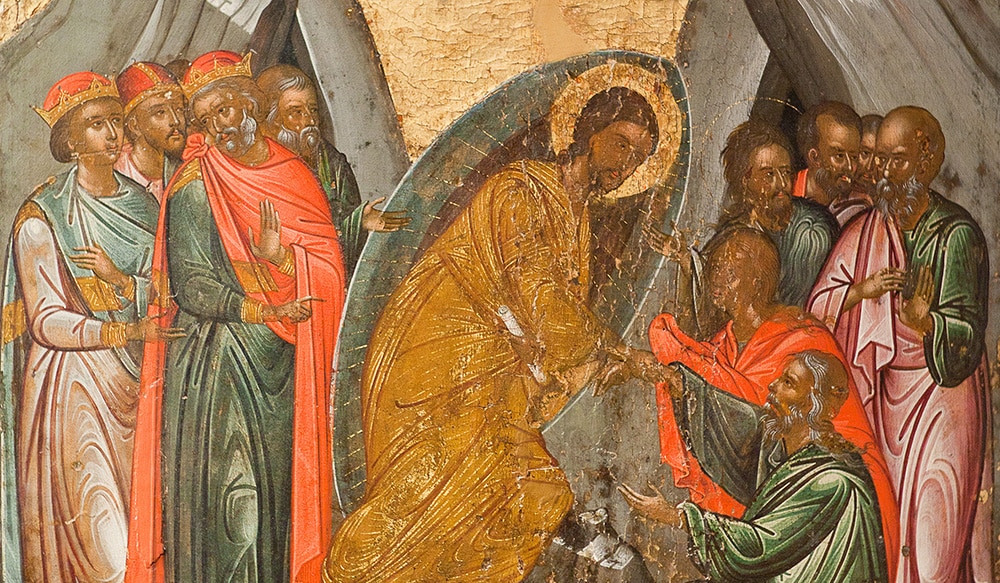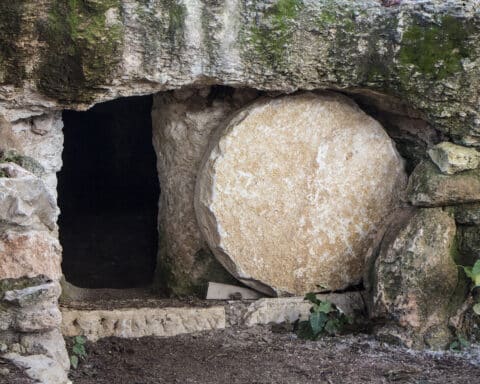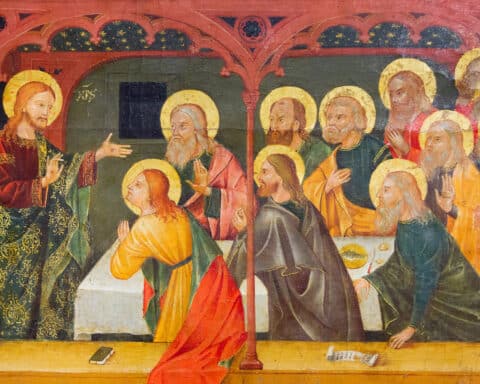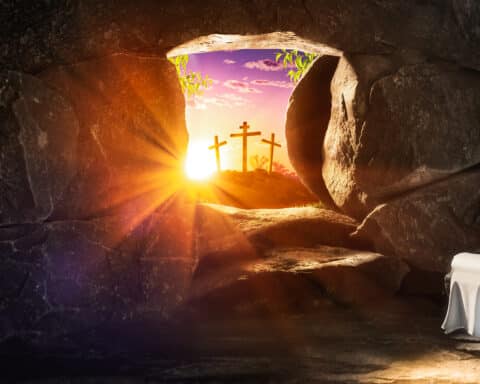
— Name, location withheld
Answer: These questions come up fairly commonly. Let’s look at both briefly.
The text in saying “three days” does not necessarily mean 72 hours exactly. The Lord was in the tomb for one whole day, and parts of two others. The ancient Jews were comfortable in reckoning partial days as a whole day. Even in modern parlance we can speak of time strictly or loosely. For example, I might say, “I was with my family last month.” By this I do not necessarily mean that I arrived there on exactly the first of the month and departed at the end of the month. I might not even mean I was there a whole month, just that I was there for some time during that month. Thus Jesus was in the tomb for some part of three days, even if not three days exactly.
The descent into “hell” does not mean that Christ went down among the damned, or among the demons and Satan. Instead, he went to place of the dead which the Hebrew renders “Sheol” and the Greek renders “Hades.” Some older English translations took up the practice of rendering these terms “hell,” and this has confused English readers ever since. In fact Christ went down among the dead, to the souls who awaited their savior. The Catechism of the Catholic Church speaks of this moment as follows: “Christ went down into the depths of death so that ‘the dead will hear the voice of the Son of God, and those who hear will live.’ … ‘[So] the gospel was preached even to the dead.’ The descent into hell brings the Gospel message of salvation to complete fulfillment. This is the last phase of Jesus’ messianic mission, a phase which is condensed in time but vast in its real significance: the spread of Christ’s redemptive work to all men of all times and all places, for all who are saved have been made sharers in the redemption” (CCC, Nos. 634-635). Hence his descent to Sheol was part of his redemptive work. He did not simply lie there, dead. He awoke the dead and gave them the Gospel and their savior for whom they longed.
Raising the dead
Question: There is a passage in Matthew’s Gospel that puzzles me: [When Jesus died on the cross], the bodies of many saints who had fallen asleep were raised. And coming forth from their tombs after his resurrection, they entered the holy city and appeared to many” (Mt 27:52-53). What’s going on here?
— Ward Johnson, Tampa, Florida
Answer: The details of the passage about the dead coming forth and appearing to many are sparse. But what should be avoided is the elaborated notions of our imagination that the dead emerged from their tombs and wandered the streets in a zombie-like way. This is not an American horror film being described. Rather, Matthew asserts that “many” saw him. But this can indicate any number of things: more than a few, but not necessarily thousands, hundreds or even dozens. How they appeared and to whom is not elaborated. But the text does not directly report them walking about Jerusalem and being seen indiscriminately by everyone. It may well have been a select number who were privileged to encounter these risen dead.
St. Thomas Aquinas speculates on the possibility that the holy city mentioned here where they appear may not have been Jerusalem at all, but the holy city called heaven. He writes, agreeing with Jerome: “And they came into the holy city, not because it was holy [at that time], but because it had been before. … Or, following Jerome, [they entered] into the holy city, namely the heavenly city, because they went with Christ into glory. And appeared there to many.”
So the text is terse and leaves us guessing. However, as can be seen, each detail must be carefully examined for what it says and what it is not saying. We know that some of the dead rose and were seen by some others. We can presume the text means the holy city is Jerusalem, but we are not locked into that, either. The Church permits various interpretations.
Msgr. Charles Pope is the pastor of Holy Comforter-St. Cyprian in Washington, D.C., and writes for the Archdiocese of Washington, D.C. at blog.adw.org. Send questions to msgrpope@osv.com.





